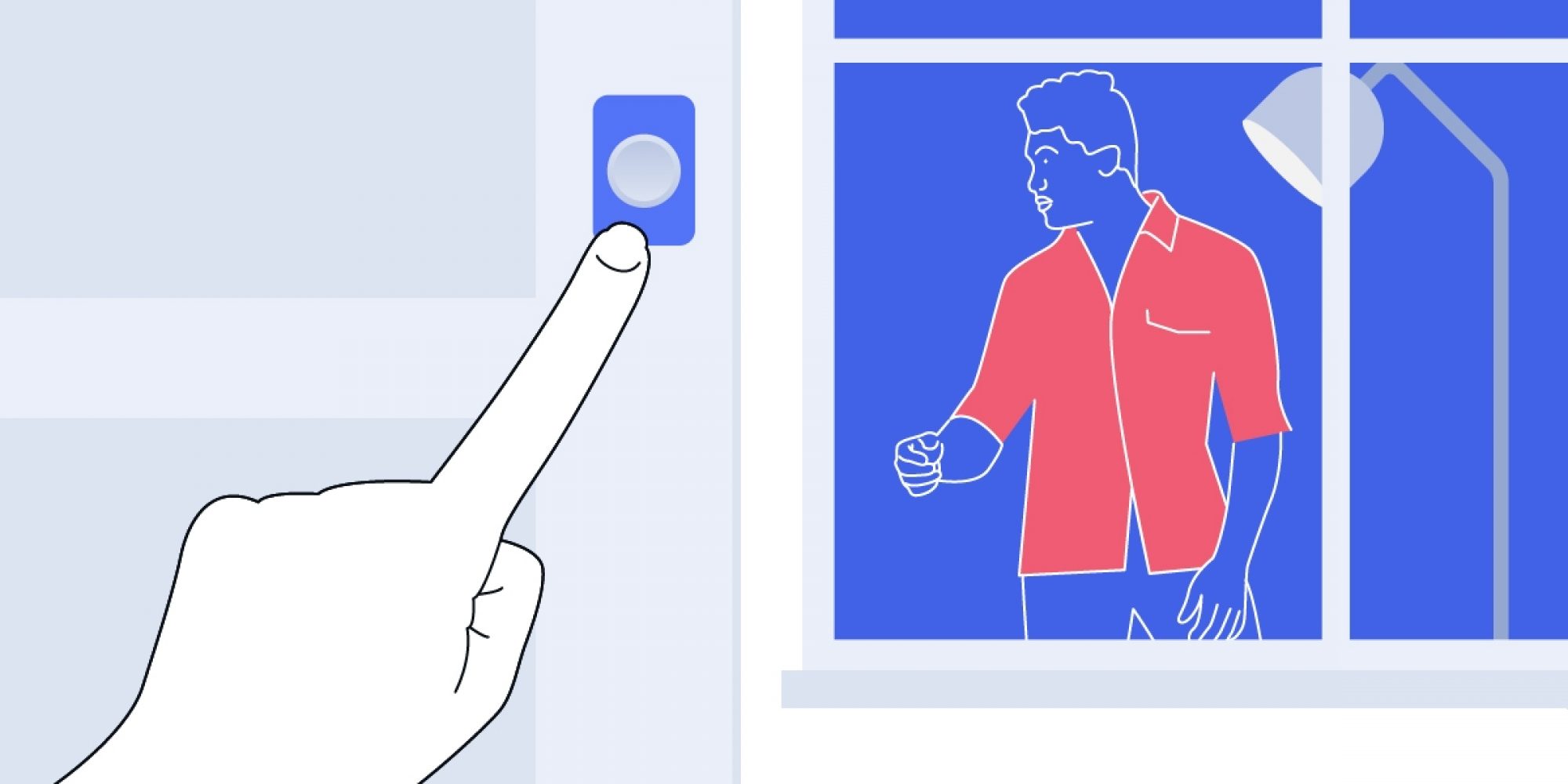Aug 11 2021

Did you ever see your audience segmented in 8, 15 or 24 groups? Great if you have to decide where to spend your advertising budget, but utterly confusing when thinking about your online presence. Focusing instead on what your users do or do not have in common, lets you create better websites, apps and digital content. This is why we are starting a new series of blog about user behaviour, drawing on real life observations, research and data and every time conveniently dividing the world in two kinds of users.
What better place to start this series than with the homepage, the main page of your website. Or… is it still?
The homepage. The one page every client wants to see in the pitch or concept presentation. The part of the website the CEO is most concerned about - and yet, when we looked at some major websites we work on, on average only 10% of the users start their visit on the homepage. You could say the homepage is dead.
This of course means that only 90% of visitors actually land somewhere else. As if they’d be suddenly appearing in your living room, instead of ringing the doorbell!
For those coming in through the front, your homepage still has the same role it always did:
it shows who you are
it communicates what you can find on the site (creating a mental model)
it offers clear and easy navigation
it shows news / popular content / important updates.
What’s new is that this role also needs to be fulfilled by practically every other page inside your site a visitor might land on! A tagline or descriptor near the top of the page can tell who you are. Navigation can also communicate what you can find - making the navigation visible helps greatly with this. Sorry to disappoint designers favouring a nice clean hamburger!
About 5 years ago some sites started taking this idea of every page as a homepage very literal, and simple included a big ‘latest items’ block at the bottom of the page. But somehow this trend didn’t catch on. Nowadays, just showing a few related and recent pages seem to be enough to avoid a dead end for those visitors that want more / something else.
Follow us on twitter, LinkedIn or via our email newsletter to learn of future '2 kinds of users'. Or share your own observations with Martijn at martijn@deeson.co.uk.

About the author
Martijn leads Deeson's team of digital strategists, user researchers and product manager. Although he's worked on strategies, websites, apps and branding for cultural, retail, education, government and media clients in four countries, he loves learning new things and sharing them here.